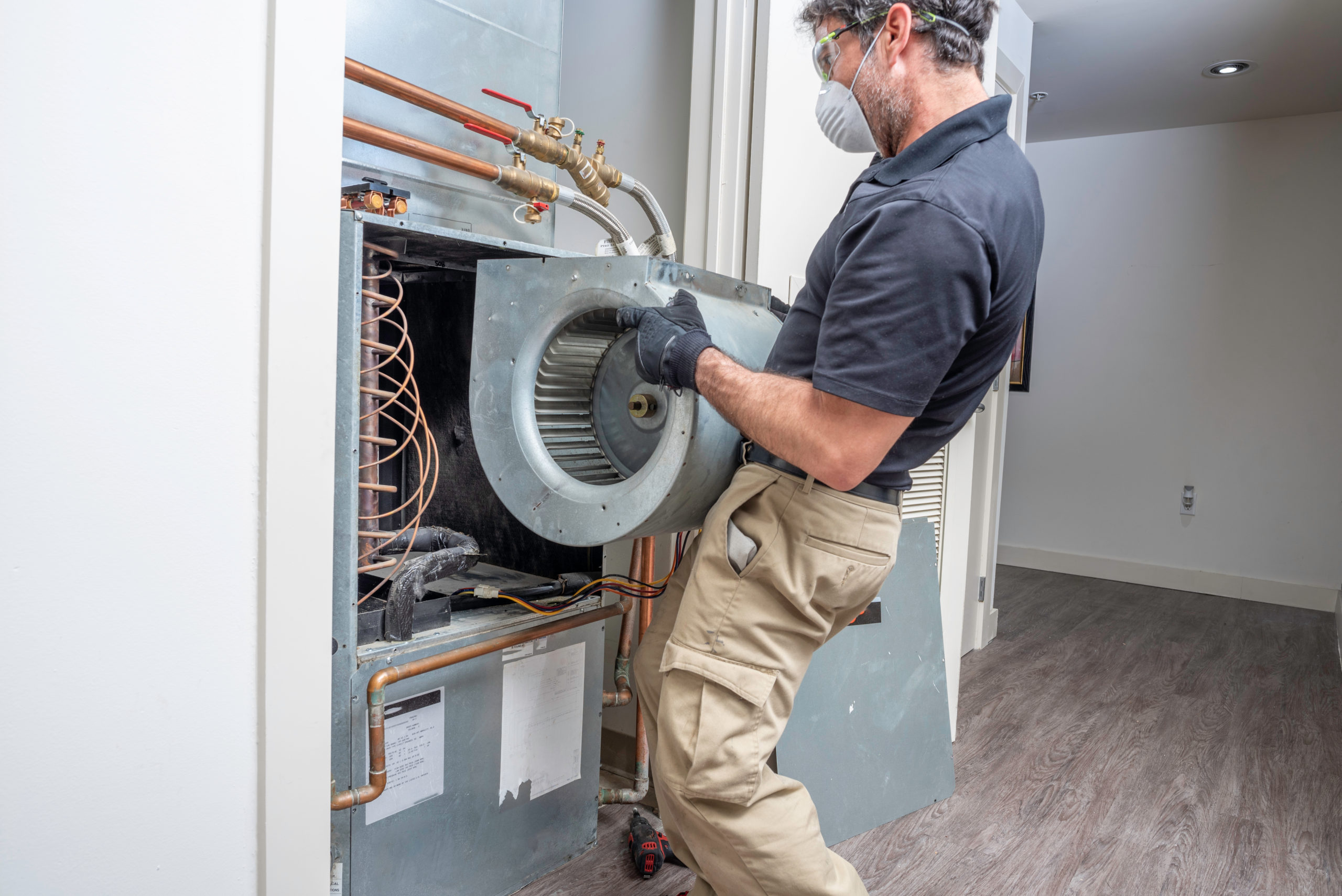How to Improve Energy Efficiency With Your A/c System and Furnace Upgrades
As power expenses proceed to rise, the value of improving power effectiveness with cooling and heating system and furnace upgrades can not be overemphasized. Evaluating your present system's performance and considering energy-efficient options are vital very first steps. In addition to selecting designs with high SEER and AFUE rankings, optimizing thermostat setups and enhancing insulation can dramatically impact general efficiency. The journey in the direction of optimizing power efficiency does not finish there; recognizing the subtleties of routine upkeep and its lasting advantages is equally crucial. What are the details approaches that can lead to significant cost savings and enhanced convenience?
Examine Your Existing System
Prior to getting started on any type of upgrades, it is important to assess your current a/c system and heating system to comprehend their effectiveness and performance. This preliminary analysis gives a structure for determining locations that require enhancement and educates choices concerning potential upgrades. Begin by analyzing the age of your cooling and heating system, as obsolete models may do not have contemporary energy-saving attributes.

Energy usage documents will additionally be important in assessing your system's functional costs. By analyzing utility expenses, you can figure out patterns of power use and identify spikes that require further investigation. Think about conducting a specialist power audit to receive an expert assessment of your system's performance. This detailed examination will certainly assist you in making informed selections around required upgrades, guaranteeing that your investments in power effectiveness generate the desired benefits.
Upgrade to Energy-Efficient Designs
Updating to energy-efficient versions is a critical step in improving the total performance of your HVAC system and furnace. These modern-day systems are developed to consume much less power while delivering optimal cooling and heating, leading to significant cost savings on energy costs and a minimized environmental impact.
When thinking about an upgrade, look for versions that have high Seasonal Power Effectiveness Ratios (SEER) for air conditioning and Yearly Fuel Use Performance (AFUE) ratings for heating systems. These rankings suggest the efficiency of the systems, with greater numbers mirroring far better performance. Energy-efficient designs commonly include advanced innovations, such as variable-speed motors and wise thermostats, which further improve power savings.
In addition, numerous energy-efficient HVAC systems are geared up with boosted insulation and much better look at this now sealing, which lessen energy loss and enhance interior convenience. hvac. While the preliminary investment might be greater, the long-lasting savings on energy costs and possible tax obligation incentives for making use of right here energy-efficient appliances can offset this expense considerably

Inevitably, updating to energy-efficient models not only adds to a much more lasting future but additionally boosts the comfort and efficiency of your home or service.
Optimize System Setups
To make the most of the performance of your heating and cooling system and heater, it is vital to optimize system setups customized to your details needs. Beginning by setting your thermostat to an energy-efficient temperature level. The United State Division of Power recommends a winter season setting of 68 ° F when you are awake and reducing it while you sleep or are away. In summertime, go for 78 ° F throughout the day.
Use programmable or clever thermostats that permit you to arrange temperature level changes instantly. This guarantees your system operates just when needed, minimizing power usage. In addition, make sure that your system is readied to run in the appropriate mode-- heating in winter season and cooling in summer-- while avoiding the continual follower option unless needed for air circulation.
Take into consideration zoning systems that allow personalized convenience in different areas of your home, better enhancing effectiveness. By fine-tuning these setups, you can attain considerable energy cost savings while maintaining a comfy living atmosphere.
Improve Insulation and Sealing
A well-insulated home is key to maximizing the effectiveness of your Cooling and heating system and heater. Proper insulation minimizes the work on these systems, consequently conserving power and check my source reducing energy expenses.
Along with insulation, securing spaces and splits is crucial. Pay special focus to home windows, doors, and any kind of penetrations in walls, such as electrical outlets and plumbing components. Weatherstripping and caulking can effectively secure these openings, preventing drafts that compromise your a/c effectiveness.
Furthermore, make certain that ducts are correctly insulated and sealed. Dripping air ducts can lead to significant energy losses, minimizing system performance. Making use of mastic sealant or metal tape to secure air duct joints can boost air movement and performance.
Set Up Normal Maintenance
Routine upkeep of your Cooling and heating system and heating system is essential for making certain ideal efficiency and long life. During upkeep, a certified technician will cleanse and replace filters, check cooling agent levels, evaluate ductwork for leaks, and examine general system operation.
It is recommended to set up maintenance a minimum of twice a year-- as soon as in the spring for the cooling system and once in the autumn for the heater. hvac. Normal upkeep assists preserve constant indoor temperatures, guaranteeing comfort throughout the year. Furthermore, a properly maintained system operates more efficiently, which can result in recognizable decreases in energy costs
Ignoring upkeep can result in reduced performance, enhanced deterioration, and eventually, system failure. By prioritizing routine service, house owners can avoid unexpected malfunctions and guarantee their cooling and heating system and heating system operate at peak efficiency. Purchasing upkeep is a crucial action in enhancing power efficiency and producing a much more lasting home environment.
Conclusion
Finally, improving energy performance within HVAC systems and heating system upgrades is important for minimizing power intake and boosting total comfort. An organized approach that includes assessing the present system, buying energy-efficient designs, enhancing setups, boosting insulation, and scheduling routine upkeep can result in significant benefits. Applying these strategies not only reduces energy bills but also contributes to an extra lasting setting, making it crucial for home owners to prioritize these upgrades.
Comments on “Same-day furnace repair services for all brands.”